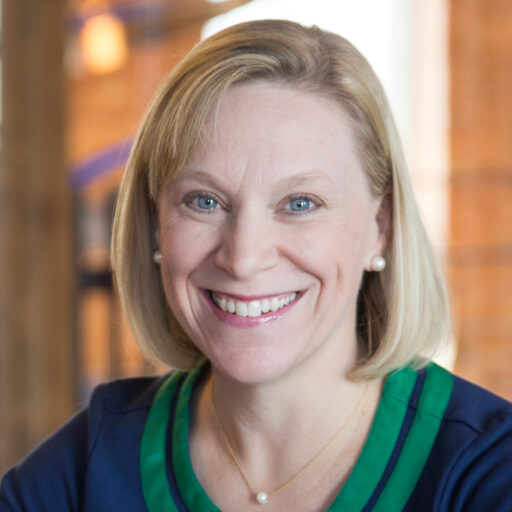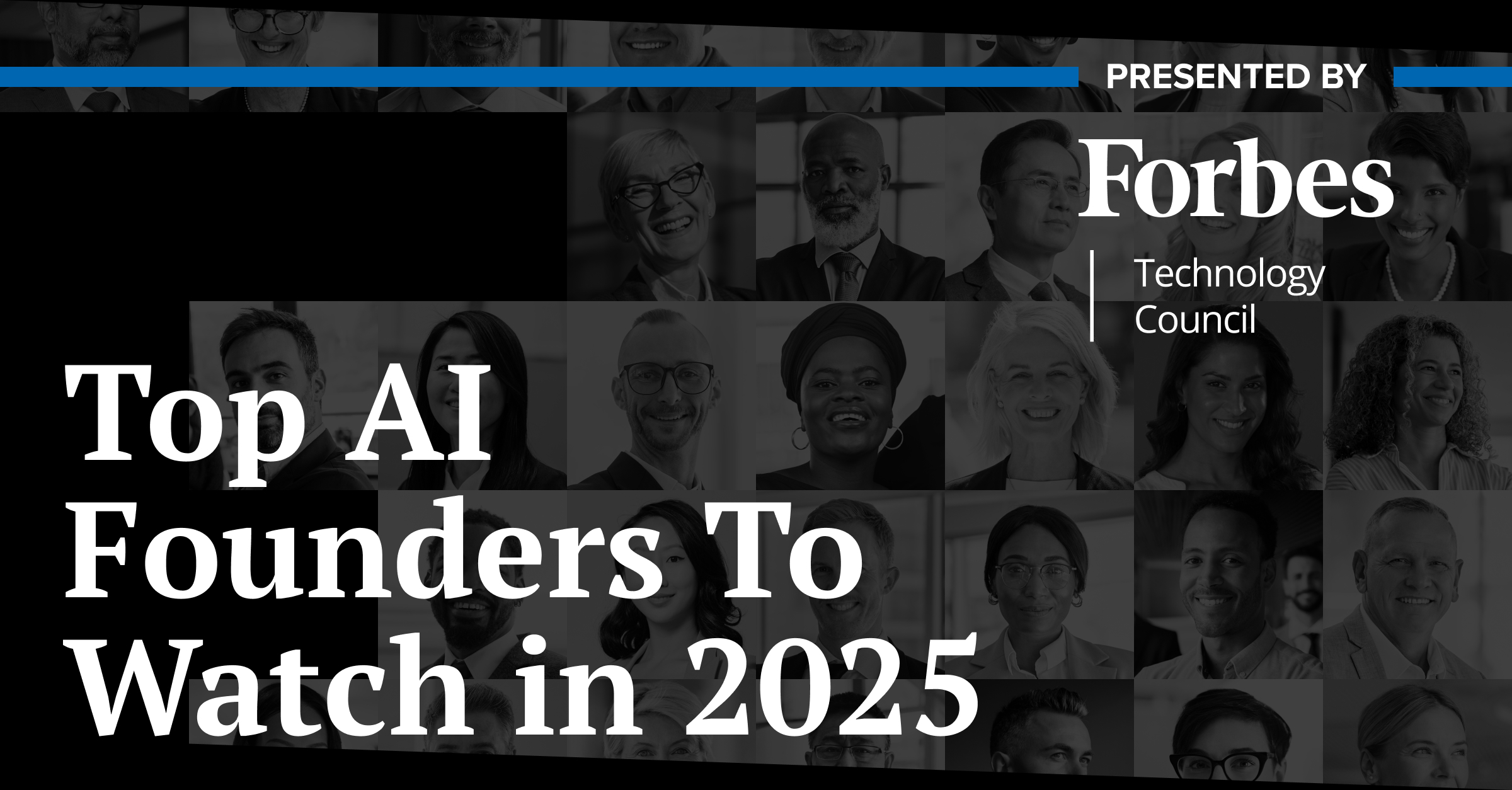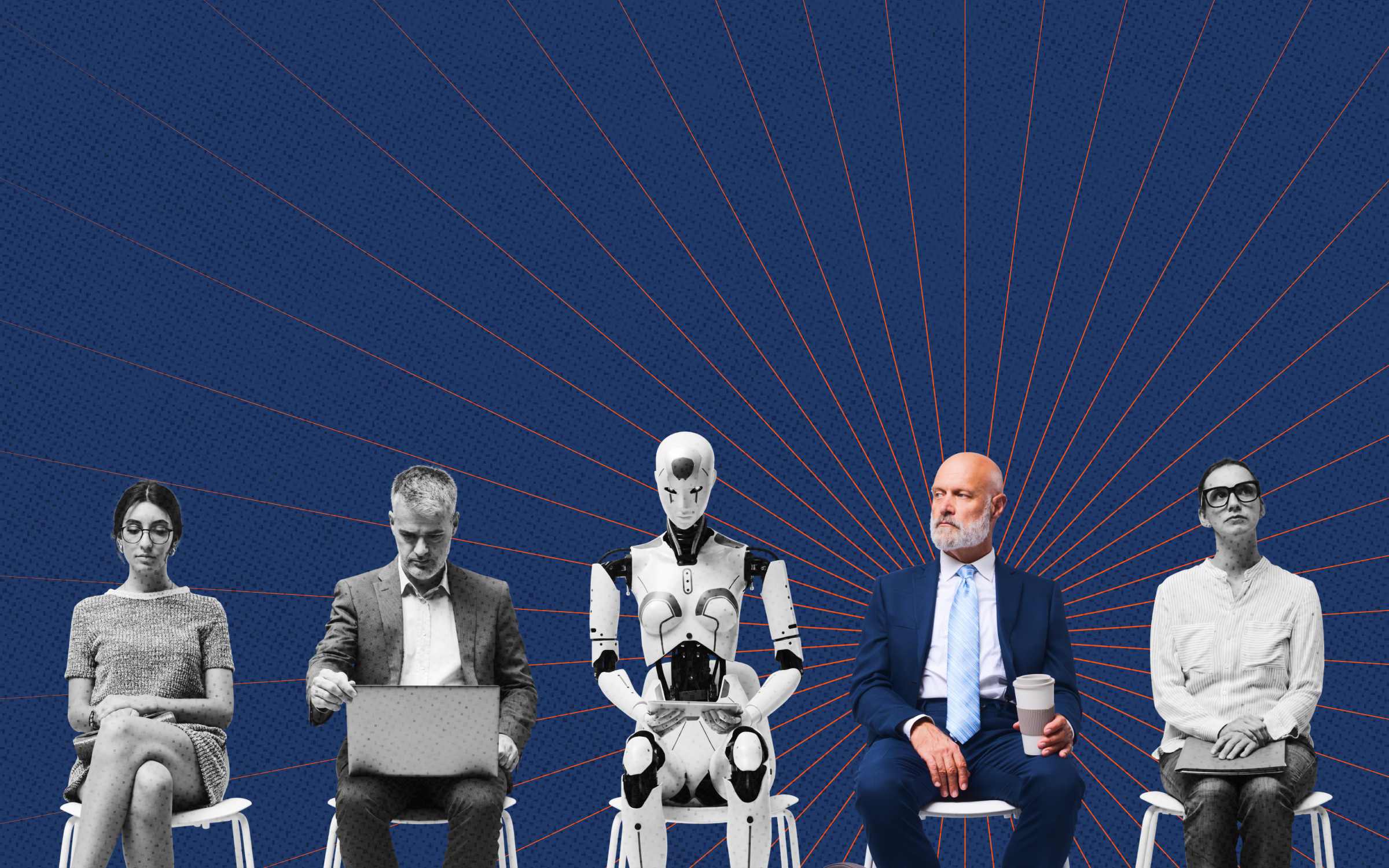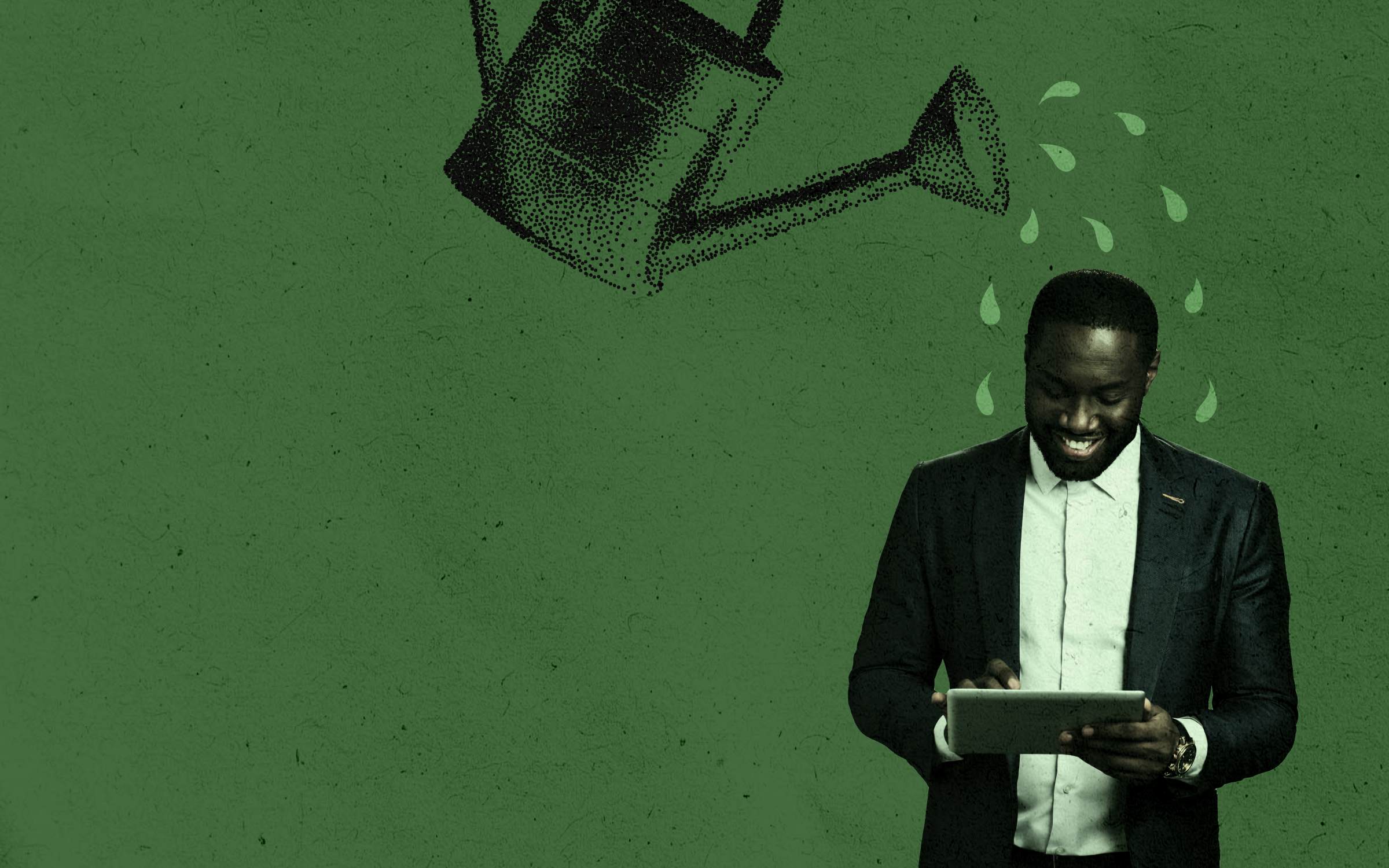The overnight transition to a virtual workforce at the start of the pandemic upended traditional training and development programs for many chief learning officers. In-person learning had to shift to video, and physical handouts to PDFs.
As timing would have it for Leah Houde, chief learning officer at PwC, she was just a few weeks into her new role when stay-at-home mandates were put in place. To her advantage, the assurance, tax, and advisory firm was a few steps ahead of the digital curve with about 40% of learning offerings already available virtually.
“When the pandemic hit, yes it was jarring, of course it was jarring,” says Houde. “But because we had invested the time ahead of time to get people digitally savvy, we were then able to transition our learning experiences into a digital medium in a way that people could consume it.”
This digital readiness allowed Houde’s team to focus on making improvements to the employee learning experience. They began to collect feedback and analyze the entire learning model, and one key finding emerged: employees felt overloaded by the number of learning options available. With that, Houde and her team set off on a journey to assess every learning asset they had — all 12,000 of them — in order to develop a more valuable experience for employees.
The result? A thoughtfully curated learning library with AI-driven guidance to personalize each employee’s development path.
Emerging from the pandemic, the company is bringing back some of its in-person learning — nearly 20% is back to in-person with a goal of 30% — and Houde and her team are also working on strategic changes to maximize the value of the in-person experience.
Read on for an edited excerpt of Senior Executive L&D’s interview with Houde to learn how her team collects learning program feedback at PwC and the journey they went on to assess and redevelop the learning experience.
Senior Executive Media: How does your team go about collecting feedback from PwC employees on what L&D projects are working and what needs to evolve?
Leah Houde: The way L&D is organized [is] by the way we do the work. I have a group of folks within L&D that we call strategists; those are my equivalent to our client service leaders. Those are my folks who are out talking to the business leaders all the time. Their job is to stay connected to the business, to understand the business strategy, what’s going on in the business, what we’re trying to deliver for our clients, and therefore what capabilities our people need in order to deliver those outcomes, and then working with our learning architects to design curriculum plans, learning plans to deliver those capabilities… We are a very relational business and very high touch, so we’re talking to those business leaders constantly.
Before the pandemic, and still now, we’ve had a strategy that we call our ‘infinite learning strategy,’ so we want to make learning available to people when they need it, where they need it, and how they like to consume it. So if you like to read stuff, I want to give you articles, but if you’re a listener, I want to give you podcasts. If you want to watch a short TED Talk, I want to have all of those approaches available depending on how you like to consume stuff. The downside of that is that there were so many things for people to choose from. They often got overwhelmed and it wasn’t sufficiently personally served up to people so that they really felt like what they were being told to do was particularly relevant for them and their goals and aspirations. That set us off on a whole other journey to really streamline the offerings.
Senior Executive Media: What was involved in the process of streamlining PwC’s learning offerings?
Leah Houde: We did what we called a zero-based review of our course catalog. We had 12,000 learning assets in there. We took them all out, so starting from zero, and stuff only got back in if we believed it was the best of the best and really relevant. In the process of that, we retired almost 8,000 learning assets that were maybe outdated, not as relevant anymore, and just clogging up the system and making it hard for people to wade through to the stuff that was really relevant. The other thing that we did was create a tech-enabled learning plan builder that served up the right options for people to choose from.
It was certainly a good 50 to 60 people within just L&D [involved in the process of assessing the course catalog], and then they were collaborating with their business stakeholders, so you figure probably at least another 30 or 40 in the business. It was months-long [in the summer of 2021] where we did what we called our zero-based review, and it was constant… We were working on it collaboratively because there was no road map for how to do what we were trying to do and how to make the decisions about what was in and out, and then how to make the decisions about…how we would serve it up to the right user groups inside the firm… This was very much an agile project management project in action, where you’d run a two-week sprint and get to someplace and then go, ‘Okay, how do we do the next part? What do we need to do next?’
“The data, at least for us in a very data-based organization, was the basis of our support to do the things we wanted to do.”
We ended up with the catalog [and] aligned the rules that we needed to lay out to get the right stuff to the right people both through understanding who they were, from being able to tap into our human capital systems, but also asking them a series of questions…to understand exactly what needs to get served up…and then getting a technology to enable all that to happen [which was developed internally].
Senior Executive Media: What does the learning experience look like from the employee side?
Leah Houde: We have our own in-house virtual digital assistant… It’s called Astro… People go in there [on their phone or desktop] and there’s a little button…that says ‘Do you want to build your learning plan?’ You click on the button, and it launches you into the learning plan builder, where first it knows who you are… It pulls [your name, role, and location] from our HR systems. Given that, it knows that there are some things, some required learning, that you must do from a compliance standpoint… It might actually ask a question or two. If you’re in, for example, our audit side of the business, it turns out there’s a particular course that everybody needs to take before they audit an employee benefit plan… There’s nowhere in our systems that would say you’re getting ready to audit an employee benefit plan, so we asked a question: ‘Are you about to, for the first time, audit an employee benefit plan this year?’ ‘Yes, I am.’ Alright, then it would serve up that required learning.
Then it would move on to the next screen [and] potentially ask you three or four more questions: ‘What are you interested in? What skills are you interested in building? Or do you sit on a board? Are you interested in sitting on a board?’ Then it would serve up recommendations that we have for you based on where you sit in the business, what your role is, and things that you’ve told us about your aspirations. We set it up so that all of those things are toggled to be added to your learning plan unless you decide you don’t want them.
A third screen is pure electives, and we have elective playlists that we’ve created based on the current strategic skills to build. For us right now, those are things like digital skills, AI, ESG (environmental, social, and governance) — that was a big area that we wanted people to build skills in — inclusive mindset and creating inclusive environments… You can add courses that we recommend as electives and then once you do that you hit ‘build my plan,’ and it then comes up with your courses. [So far, 33,000 PwC employees have built learning plans.]
[Something] that I absolutely love about how this works is that Astro is also connected to people’s calendars. Astro will suggest time on your calendar for you to complete a course. Because another thing that our people told us was that one of the things that was hardest for them in completing their learning was finding and protecting time to do it, we made sure that Astro would help people find time. If the course takes an hour to complete, [the virtual digital assistant] would say, ‘Hey, I see you have an hour available at this time? Do you want to schedule yourself to do that course in that hour?’
Senior Executive Media: For fellow L&D leaders who want to refine their learning model and deliver a more personalized experience, what advice would you give?
Leah Houde: Talk to people. Research. Get into dialogue with your business leaders and with staff to really understand what they want, where the pain points are, and what’s working. Where are the bright spots that you can capitalize on?… I know it sounds straightforward, but we really had a lot of conversations with a lot of people and gathered a lot of data.
The data, at least for us in a very data-based organization, was the basis of our support to do the things we wanted to do. It helped me tell the story when I went back to the business and said, ‘Hey, here’s what your people were telling us. Here’s what you’ve told us in terms of how many people are really taking the courses you want them to take. We want to build this thing. We’re going to need you to work with us to enable it. And here’s the data that backs up why it matters.’ That helps that business case.
Senior Executive Media: What does your team look at when determining what types of learning should shift back to the in-person experience?
Leah Houde: It’s really learning outcomes. It’s really looking at: What are the things that can only be done when you bring people together and engage them? It’s things that require dialogue, collaboration, critical problem-solving in dialogue with other people. Thinking about the strategic levers that the business is trying to utilize to both drive client outcomes and drive efficiency in the business — bringing people together to give them case studies around different client opportunities that might be coming in so they can, in real time, think together about how would we balance these levers so that we’re still delivering what the client wants and doing it in a way that is effective and efficient for us and then getting input and feedback from leaders, experts… Practicing behavioral skills and getting feedback on some of those behavioral skills.
Those are the things that we bring people together to do, and of course, there are always the connectivity components. In this world where we have had less 3-D human connection, that’s important and the learning experiences do provide an opportunity to do that. But what we’re trying to do is, when that’s an outcome, how do we match it with the kind of skill-building that we think will be best experienced in that in-person environment.
Senior Executive Media: Can you share a specific example of training that has shifted back to in-person and the adjustments that have been made to maximize the value of the in-person experience?
Leah Houde: Our sector conferences [for instance, the health industries sector would include assurance and tax employees who serve health industries clients] are a great example of that…the way that we [do] those is different now. So the way sector conferences happened three, four, or five years ago, it would be some of that getting people together, hearing from their leaders about the strategy, and then potentially having dialogue about the strategy… But then they would also go into breakout rooms and have the experts stand at the front of the room and go through PowerPoints, sort of knowledge-sharing — that you don’t need to do in person.
When we brought our sector conferences back last year, we really tried to encourage those folks to do that [knowledge-sharing] outside of the sector conference, and use those conferences for the behavioral skill-building and the dialogue… The sector conferences that we ran last year were incredibly interactive… What we did have was case-based sessions. We had one session that was gamified so we got people engaged, we got them moving levers around on a big game board — we had on the stage these giant levers… [The gamified activity was on] how we use the different strategic levers to balance delivering for our clients and maximizing efficiency for our business. So how we use technology, different technologies that we have and different approaches to doing the work.







